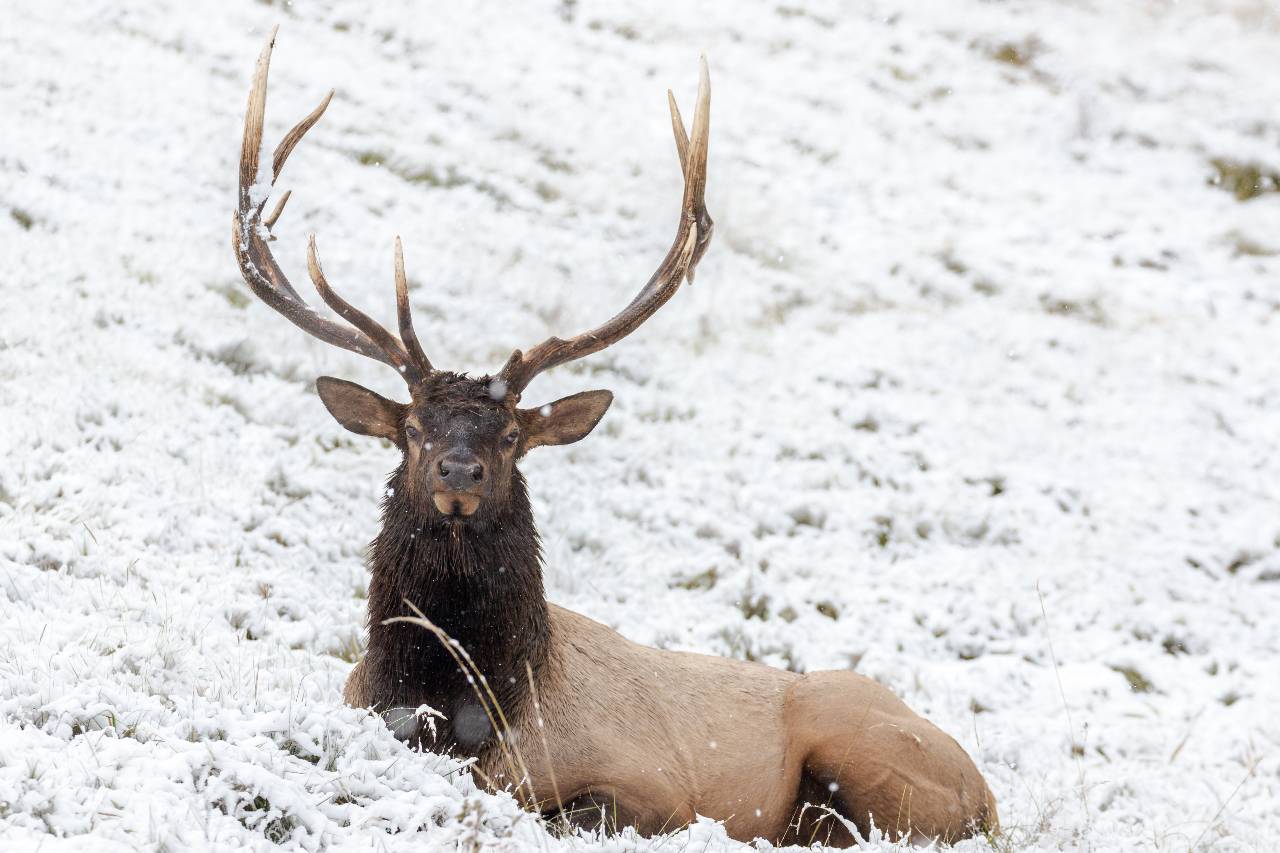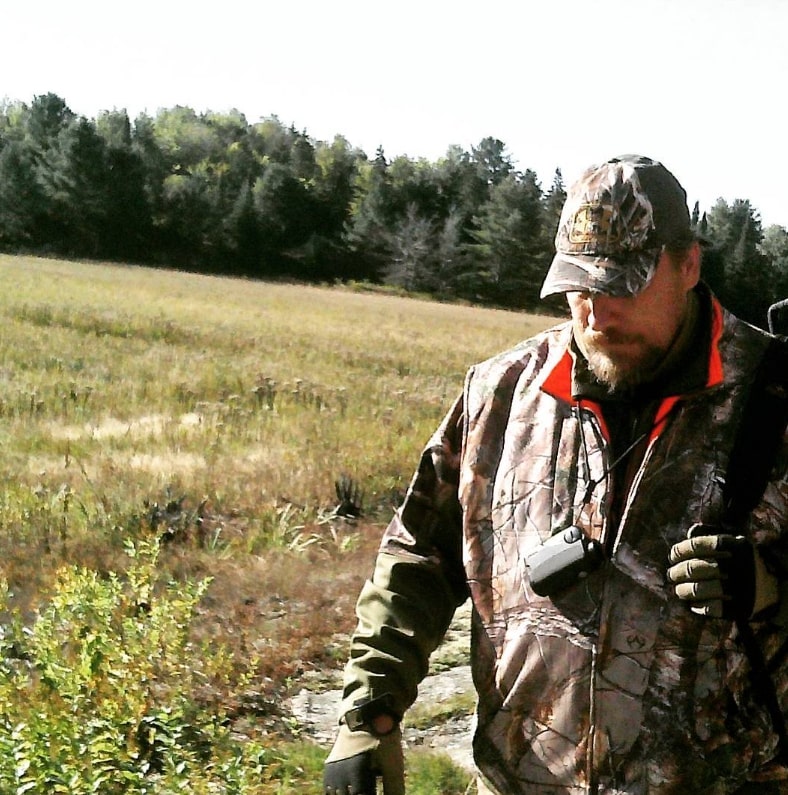Archery Elk Hunting


Archery Elk Hunting

Archery elk hunting is a thrilling and challenging activity that requires a high level of skill, patience, and perseverance. The excitement of the hunt comes from the unpredictable and dynamic nature of the elk and the environment in which they live. This article will explore the perplexity and burstiness of archery elk hunting, providing tips and insights to help you prepare for your own adventure.
Preparing for the Hunt
Archery elk hunting requires careful preparation and planning, which starts well before the actual hunt. It is important to research the area you plan to hunt and understand the elk’s behavior and habitat. This knowledge will help you choose the right equipment and develop a hunting strategy that maximizes your chances of success.
Research the Area
Before you start packing your gear, you need to research the area you plan to hunt. This includes identifying the best hunting areas, understanding the terrain and weather conditions, and obtaining any necessary permits and licenses. It is also important to talk to local hunters, landowners, and wildlife biologists to gain a better understanding of the area and the elk population.
Understand the Elk’s Behavior and Habitat
Elk are highly adaptable animals that can survive in a variety of habitats, including forests, meadows, and mountains. However, they have specific needs for food, water, and shelter, which can vary depending on the season and the location. Understanding their behavior and habitat is essential for choosing the right hunting tactics and gear.
Elk are social animals that live in herds, with bulls, cows, and calves all living together. During the rut, or mating season, bulls become more aggressive and territorial, which can make them more susceptible to calling and decoys. However, outside of the rut, elk are more cautious and can be challenging to hunt.
Elk also have a keen sense of smell and hearing, which makes them difficult to approach without being detected. Wind direction and speed can play a critical role in a successful hunt, as elk will typically travel and bed into the wind. Understanding the wind patterns in your hunting area is essential for setting up a successful ambush or stalk.
Choose the Right Equipment
Choosing the right hunting equipment is essential for a successful archery elk hunt. Here is a gear checklist to ensure you have everything you need:
Bow: A high-quality compound or recurve bow is essential for archery elk hunting. Choose a bow with a draw weight of at least 60 pounds and a draw length that fits your body type.
Arrows: Choose high-quality carbon or aluminum arrows that are designed for big game hunting. Bring enough arrows for multiple shots.
Broadheads: Use expandable or fixed-blade broadheads that are sharp and designed for big game hunting.
Release Aid: Use a high-quality release aid that allows you to shoot your bow accurately and consistently.
Binoculars: Good binoculars are essential for scouting the area and spotting elk from a distance.
Range Finder: A range finder is helpful for determining the distance to your target.
Backpack: A durable backpack with enough capacity to carry your gear and any harvested meat.
Clothing: Choose camouflaged clothing that is suitable for the season and the terrain. Opt for high-quality, scent-free clothing that will help you blend into your surroundings.
Boots: Good quality, waterproof boots with good ankle support are essential for navigating the rugged terrain.
Scent Control: Use scent-eliminating products, such as sprays and laundry detergents, to minimize your scent and avoid detection by elk.
Decoys and Calls: Elk calls and decoys can be used to mimic the sounds and movements of elk and attract them to your location. Practice using different calls and decoys before the hunt to improve your skills.
Developing a successful hunting strategy is of utmost importance when it comes to archery elk hunting. The task at hand requires one to consider various factors, such as the terrain, weather conditions, elk behavior patterns, and hunting regulations. Here are some tips to help you develop a hunting strategy that maximizes your chances of success:
Scout the Area: To gain an edge in your hunting strategy, spend time scouting the area before the hunt. This will help you identify potential hunting spots and elk behavior patterns. But don’t be fooled; scouting is not a walk in the park. It can be done in various ways, including hiking, driving, and using aerial maps. This task requires you to be focused.
Identify Potential Hunting Spots: Based on your scouting, identify potential hunting spots where you can set up camp or start your hunting journey. Look for areas where there is an abundance of food and water sources, as elk are likely to frequent these areas. But don’t be fooled, finding these spots takes patience and skill. Focus on areas that offer good visibility and where you can use natural terrain features to your advantage.
Understand Elk Behavior Patterns: Understanding elk behavior patterns is crucial to your hunt’s success. During the rut, which typically occurs in September and October, bulls are more active and vocal, making them easier to locate. Cow calls and bugles are also effective during this time of year. However, during other times of the year, elk may be more scattered and harder to locate. This requires you to be burted and adapt your hunting strategy.
Use Calls: Elk calls can be used to mimic the sounds of elk and attract them to your location. But don’t be fooled, using calls effectively requires practice and skill. Practice using different calls before the hunt to improve your skills. Cow calls, bugles, and grunts are all effective calls that can help you lure elk to your location. But it’s essential to use the right call at the right time and in the right way to avoid spooking the animals.
Understand Wind Direction: Elk have a keen sense of smell, and wind direction can make or break a hunt. Always hunt with the wind in your favor and be aware of changes in wind direction. But don’t be fooled; understanding wind direction requires you to be burted and focused. Use natural terrain features such as ridges and valleys to your advantage, as they can help you position yourself in a spot where the wind is in your favor.
Use Terrain to Your Advantage: Elk are more active during the early morning and late afternoon, so focus your hunting efforts during these times. But don’t be fooled; navigating the terrain to get closer to your target takes skill and perseverance. Use natural terrain features, such as ridges and valleys, to your advantage to get closer to your target. Use topographical maps to plan your route and identify potential ambush spots where you can take advantage of the terrain to get closer to your target.
Be Patient: Elk hunting requires patience and persistence. Be prepared to spend several days in the field to increase your chances of success. Hunting can be challenging, and it’s easy to get discouraged if you don’t see any elk. But don’t be fooled; patience is a virtue. Remember that elk hunting is a game of patience, and success often comes to those who wait.
Stay Safe: Elk hunting can be dangerous, and it’s essential to take all necessary precautions to avoid accidents. Always hunt with a partner, let someone know your hunting plans, and follow all safety guidelines and regulations. But don’t be fooled; safety requires you to be burted and vigilant.
As mentioned earlier, developing a hunting strategy is a multi-layered process that requires taking into account various factors to increase your chances of success in archery elk hunting. One crucial aspect to consider is the hunting regulations in the area where you will be hunting. It’s essential to be aware of any restrictions on hunting methods, tag limits, and other regulations to avoid any legal trouble. Additionally, it’s important to remember that ethical hunting practices and respect for the land and wildlife are vital.
Furthermore, your equipment plays a vital role in your hunting success. Ensuring that your archery equipment is in good condition is crucial, and practicing shooting at different distances can help improve your accuracy.
Finally, it’s important to remember that elk hunting is not just about the kill but also about the experience and the connection with nature. Patience and persistence are necessary, and success often comes to those who wait. Always hunt with a partner, let someone know your hunting plans, and follow all safety guidelines and regulations. Carry a first aid kit, emergency shelter, and survival gear in case of an unexpected emergency.
Developing a successful hunting strategy for archery elk hunting is a complex and multifaceted process. Taking into account various factors such as hunting regulations, equipment, physical and mental preparation, scouting the area, understanding elk behavior patterns, and using calls, wind direction, and terrain to your advantage can significantly increase your chances of success. Remember that elk hunting is not just about the kill, but also about the experience and the connection with nature. With the right strategy and mindset, you can have an exciting and rewarding archery elk hunting experience.




